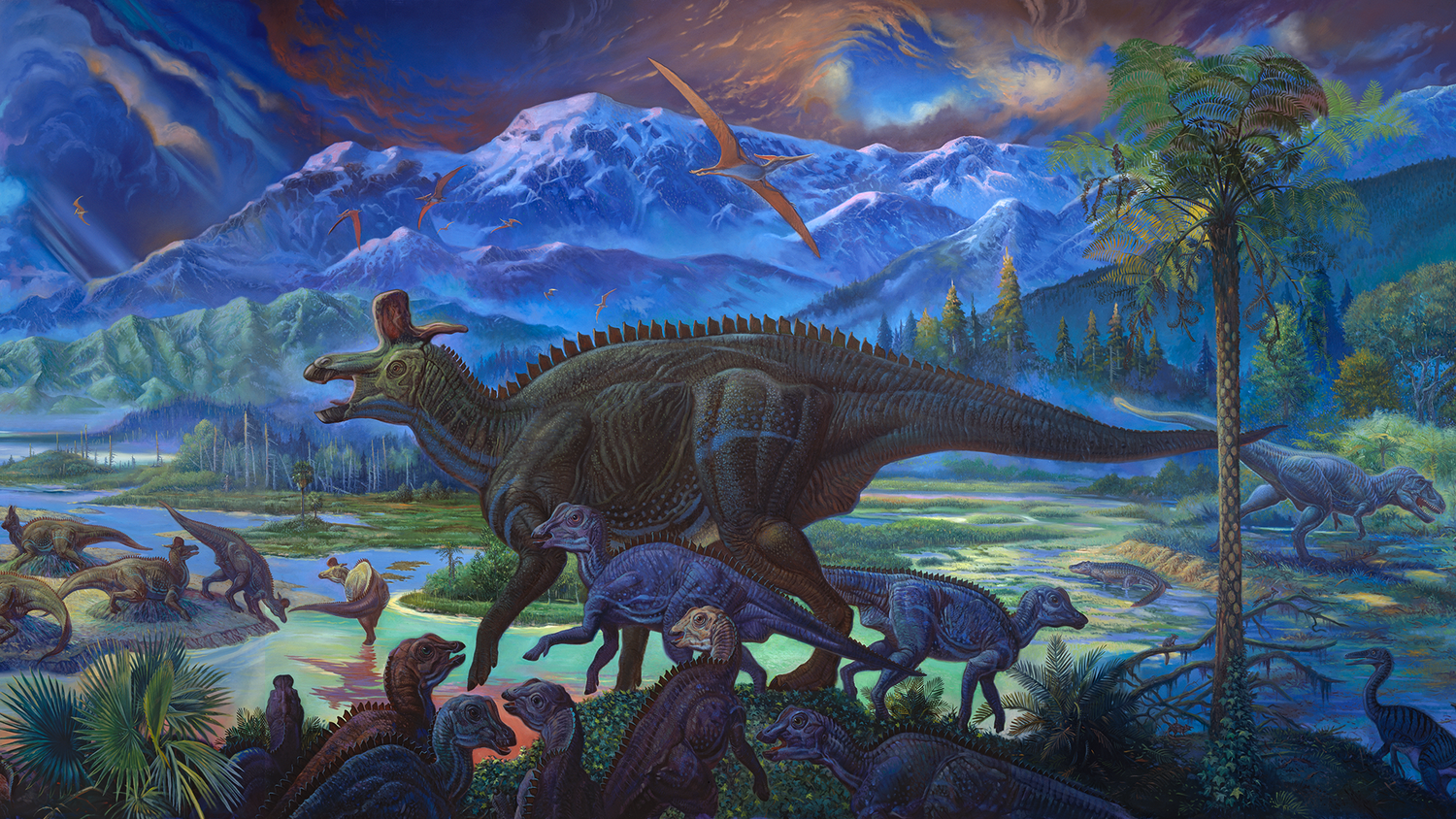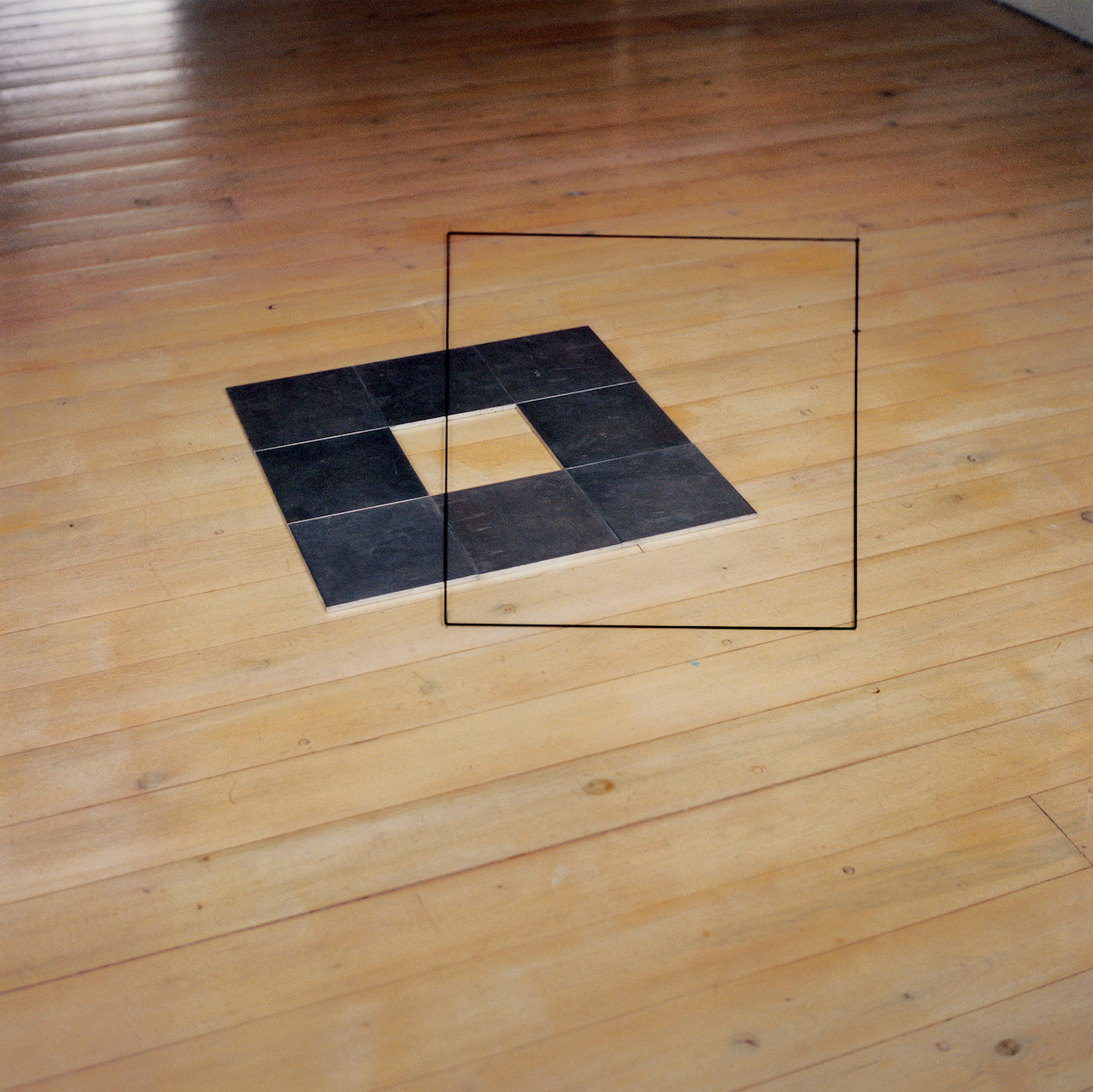Not many people can boast about having their own signature font style. But William Stout, a contemporary fantasy illustrator who’s created iconic posters for films like Octopussy and Monty Python’s Life of Brian, was resolute as a student at the California Institute of the Arts. Especially once his instructor said his lettering was “terrible” after turning in a poster assignment.

“[The] remarks really pissed me off,” says Stout, who was born in Salt Lake City, Utah, in 1949. “I vowed to master the art of lettering and become the best letterer in the school—if only to show him how wrong he was about me and my potential.”
Determined to prove the tutor wrong and become the best letterer in school, he sought additional help and worked hard to improve. Today, his best known font is “Stout-Beetle” because the letters resemble insect legs. It is an icon within fantasy art.
Stout is well-loved for his depictions of prehistoric creatures, but has also had a fascinating impact on the modern film industry. His first and probably most famous movie poster was for the animated feature Wizards, but after getting connected with Hollywood almost by accident, he got more high-profile commissions. He even received an invitation from George Lucas himself to do the art for the re-release of American Graffiti. “That act of kindness really launched my movie poster career,” he says. In 1979, Stout was hired to be the storyboard artist on Conan the Barbarian starring Arnold Schwarzenegger.

Stout has traveled all over the world to spark his creativity, believing that “travel is crucial to expanding an artist’s perceptions.” He has hundreds of artistic influences including late 19th-century academic art and early 20th-century children’s book illustration. He specifically cites the work of Frank Frazetta, Roy Krenkel, and John William Waterhouse as some of his biggest inspirations.
In the world of paleontological art, Charles R. Knight is a huge figure for Stout. “He visually defined dinosaurs for the world,” he says. Knight’s influence can be seen in films like King Kong and Fantasia. Stout’s own dive into things Paleolithic began when he joined the Society of Vertebrate Paleontology and began studying paleobotany in the late 1970s to stay on top of the latest scientific information to ensure his work was as accurate as possible.

As a result, Stout was hired by museums to paint murals of prehistoric life, working with the Houston Museum of Natural Science, Walt Disney’s Animal Kingdom, and the San Diego Zoo. He was also the first person ever to create a reconstruction of the best-preserved Tyrannosaurus Rex specimen in the world, known as “Sue.”
Last year, Art of Play was fortunate enough to produce Dinosaur Playing Cards deck, which consists of 54 original illustrations by Stout. “My card backs are prehistoric parodies of the Bicycle card deck backs,” he explains. “I [also] divided the four playing card suits into dinosaur families. The hearts are sauropods, prosauropods and therizinosaurs; the spades are predatory dinosaurs and oviraptors; the diamonds are ceratopsians and hadrosaurs; and the clubs are stegosaurs, armored dinosaurs and pachycephalosaurs.”

In a way, Dinosaur Playing Cards functions as its own museum, which will pair nicely with a book project he’s currently working on: the first-ever visual history of life in Antarctica, from prehistoric times to modern day.
Words by Laura Hadland
Images courtesy of William Stout









Leave a comment
This site is protected by hCaptcha and the hCaptcha Privacy Policy and Terms of Service apply.